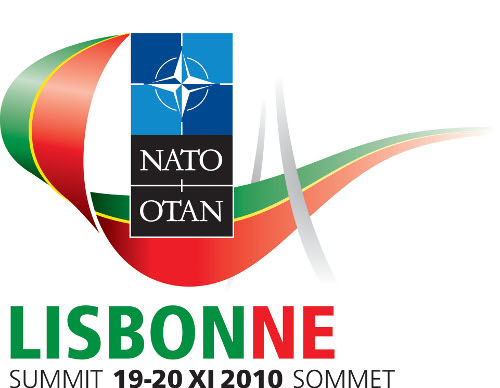
With the new strategic concept and a revitalized partnership with Russia at hand, it appears that the Alliance is poised to enter a new era with a regained sense of purpose in the aftermath of the Lisbon summit. However, as the West is bent on winding down its military presence in Afghanistan, NATO leaders are likely to immerse themselves in taxing debates on the future course of the Alliance for years to come – well beyond this week’s summit.
One crucial issue continues to be brushed aside to the detriment of the core principles of the Alliance’s mission to strengthen security for its members. The proverbial elephant in the room is the conventional arms control regime in Europe, or perhaps the lack thereof. Until recently, the Conventional Forces in Europe Treaty (CFE) formed a backbone of the European arms control system and provided for an elaborate web of mechanisms to ensure that each side was kept abreast of other countries military activities. However, this changed on April 26, 2007 when then Russian President Vladimir Putin announced that his country would unilaterally withdraw from the CFE treaty – citing intransigency on the part of the Western, primarily NATO, countries to ratify the amended version of the treaty. Since then the CFE treaty has been relegated to the dust heap of history, and differences on both sides seem to be irreconcilable.
That said, the stakes are too high for both NATO and Russia to forsake arms control in Europe for good. Even if a serious attempt was made to forge a genuine partnership with Russia, it would need to be based first and foremost on trust, and the absence of arms control mechanisms would only further undermine that trust.
Let us be frank then about what the situation is like at this moment in time. In theory, neither NATO nor Russia is bound to inform each other about their military exercises and troop deployments. There are no specific legal provisions in place for onsite inspections of military installations. As if this was not dangerous enough, the long term risks seem to be even more daunting, with distant but not unrealistic prospects of an arms race in Europe.
Even if CFE is declared dead, more ingenious mechanisms should be found. As part of their push for a renewed partnership, NATO and Russia should go an extra step further and devise some form of monitoring mechanisms. Given how difficult and contentious the NATO-Russia joint missile shield might prove to implement, the launch of a new arms control initiative might provide a fresh impetus for erstwhile foes to form a more lasting and substantial partnership. To that end, the NATO-Russia Council offers an ideal venue to facilitate arms control, which would build and strengthen trust between the two. Therefore, the authors of this opinion piece consider it essential that NATO attempts to resuscitate the conventional arms control regime in Europe and continue building and pursuing close engagement with Russia.
Donald K. Bandler, a member of the Atlantic Council Board of Directors, had a 28-year career in the State Department, serving as Special Assistant to President Bill Clinton, Senior Director for Europe in the National Security Council and was responsible for the 1999 NATO Summit, and U.S. Ambassador to the Republic of Cyprus. Jakub Kulhanek is the head of the East European Centre at the Association for International Affairs and is currently with the School of Politics and International Relations at the University of Nottingham.
This article is part of a New Atlanticist discussion – The 2010 Lisbon Summit: A New Atlanticist Forum – on the Summit’s expectations, areas of focus, and potential outcomes.
Image: Lisbon%20Logo%20500_0_0.jpg
